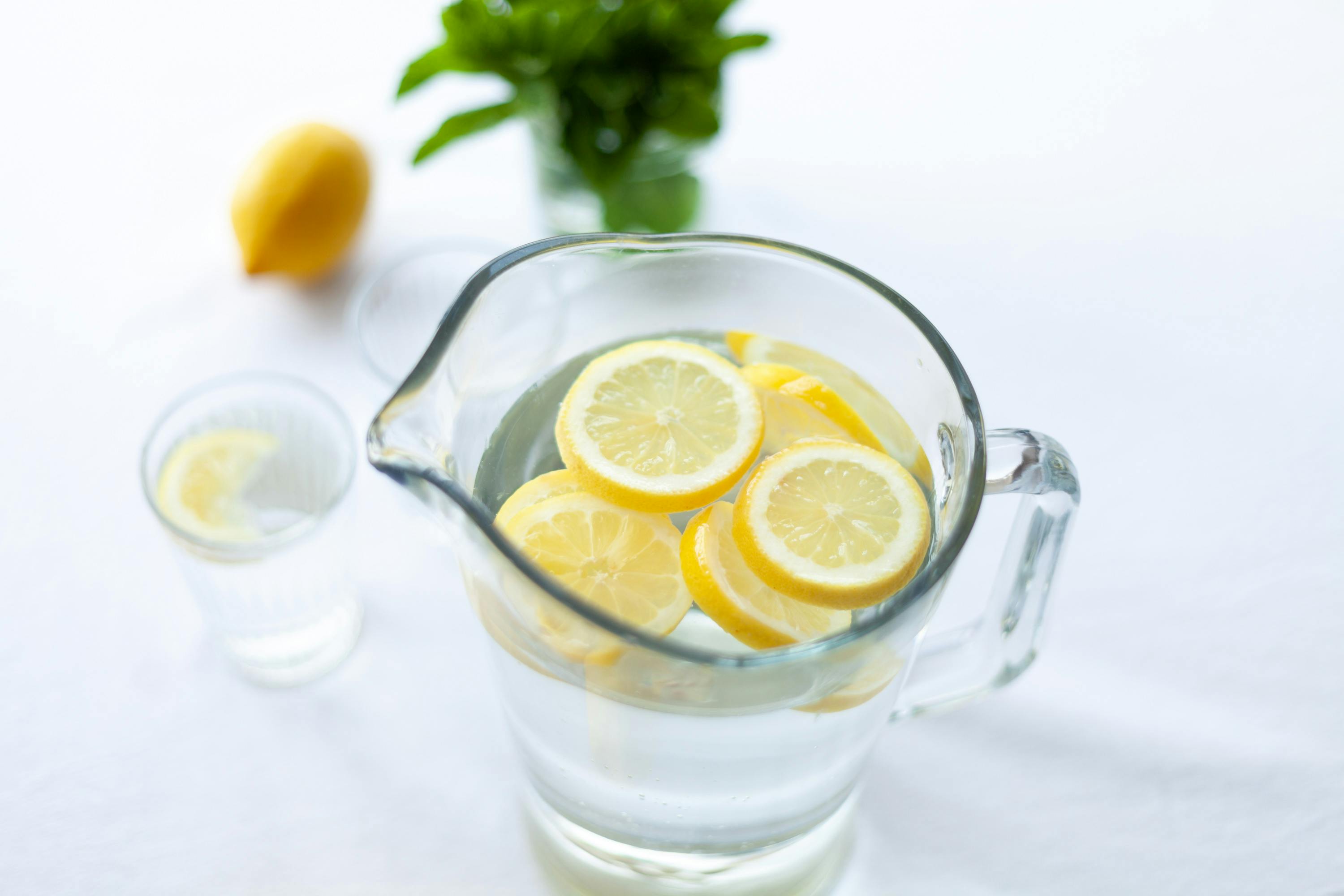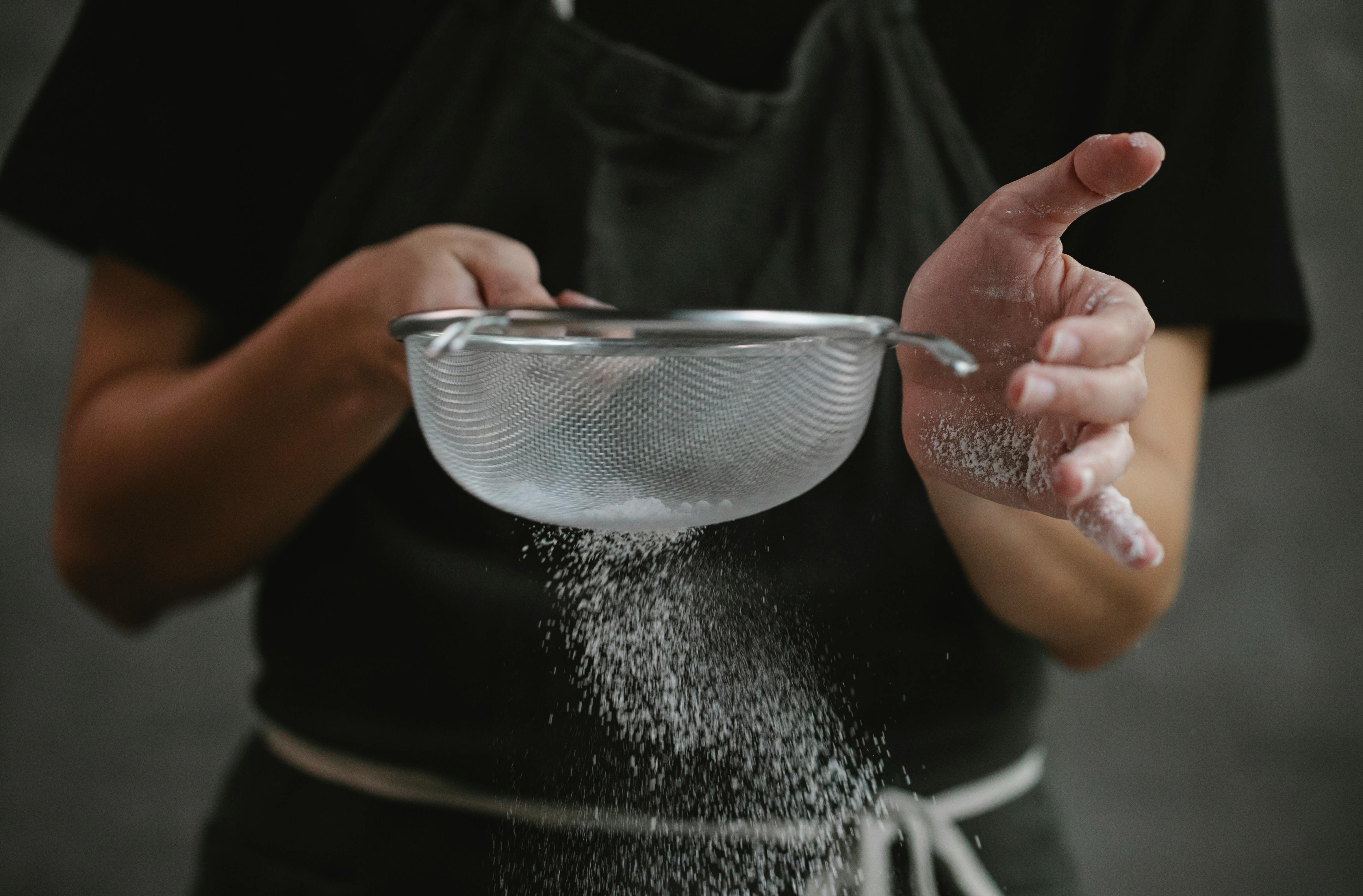Making distilled water at home is an easy and cost-effective way to get pure, clean water. Distilled water is free of minerals and other contaminants that can be found in tap water or other sources. It is also great for use in applications like aquariums, steam irons, and car batteries. In this article, we will discuss the process of distillation and provide you with some tips for making your own distilled water at home.Making your own distilled water at home is a fairly simple process. You will need a few basic items, such as a pot, a lid, some ice cubes, and a glass bowl.
1. Start by filling the pot with regular tap water and place it on the stove over medium heat.
2. Place the lid upside down on the pot and place the glass bowl in the center of the lid. Make sure that it is not touching the sides or bottom of the pot.
3. As the water begins to boil, add some ice cubes to the top of the lid.
4. As steam rises from the boiling water, it will hit against the cold surface of the lid and condense into droplets of water which will collect in the glass bowl in its center.
5. When enough distilled water has collected in your glass bowl (usually about an hour), turn off heat and carefully remove it from your stovetop using oven mitts or potholders, as it will be very hot!
6. Let your distilled water cool down before transferring it to another container for storage or immediate use as needed!
Making Homemade Distilled Water
Distilled water is a type of purified water that has been boiled and condensed into a liquid form. It is commonly used as an alternative to traditional tap water, which may contain trace amounts of contaminants. Making your own distilled water at home is easier than you may think and can be done with simple household items. Here’s how you can make your own homemade distilled water:
First, you’ll need a large pot or kettle, preferably made out of stainless steel or glass. Fill the pot with tap water and bring it to a rolling boil on the stovetop. Once the water reaches a rolling boil, turn off the heat and place an inverted lid or bowl on top of the pot. This will allow the steam to condense back into liquid form and drip down into the lid or bowl, which will serve as your collection vessel for the distilled water.
Next, attach some tubing to the lid or bowl so that it reaches all the way down to a secondary collection container below. This will allow you to collect the distilled water without having to move any containers around while it’s still hot. Allow the boiling
Equipment Needed for Making Homemade Distilled Water
Distilling water at home is a cost-effective and relatively simple way to produce safe, clean drinking water. To create homemade distilled water, you will need the following equipment: a pot or large container, an electric hot plate or stove, a condensing coil (or “worm”), and a collection container.
The first step in distilling your own water is to fill your pot with the water you wish to distill. Make sure it is free of contaminants and organic materials. Place the condensing coil inside the pot and attach it to the hot plate or stove. The condensing coil will heat up the water in the pot until it turns into steam, which will then travel through the coil and be condensed back into liquid form.
Once the steam has passed through the coil, it will cool down and turn back into liquid form. This distilled water should then be collected in a separate container for storage. Make sure that all of your equipment is well maintained and regularly cleaned so that it does not become contaminated with bacteria or other materials from previous distillations
Pros of Making Homemade Distilled Water
Making homemade distilled water is a great way to have access to clean, pure water without having to buy expensive bottled water. It is also more environmentally friendly than buying plastic bottles, as it eliminates the need for transportation and packaging materials. Homemade distilled water is also much cheaper than store-bought bottled water, since you only need to pay for the cost of the electricity and the equipment used to make it. Another benefit of making your own distilled water is that you can control the purity levels and tailor it to your specific needs.
Cons of Making Homemade Distilled Water
Despite its many benefits, there are some drawbacks to making homemade distilled water. The process can be time-consuming and require a lot of patience since it takes several hours to make a single batch. Additionally, some electric components used in the process can be expensive, so if you don’t have them on hand you may have to purchase them separately. Finally, distilled water has no minerals or other compounds that are beneficial for human health, so it’s important to supplement your diet with other sources of
Different Types of Methods for Making Homemade Distilled Water
The process of distillation is a great way to make pure, clean water. It is a simple process that requires minimal equipment and energy. There are several different methods for making homemade distilled water, each with its own advantages and disadvantages. Here are some of the most common methods for distilling water at home:
Boiling
Boiling is one of the simplest and most common methods for distilling water at home. The process involves heating the water until it boils, allowing the steam to rise and condense on a cool surface such as a glass or metal bowl. The condensed steam is then collected as pure distilled water. This method is relatively inexpensive and easy to do, but it can be time-consuming and inefficient.
Solar Stills
Solar stills are an effective way to make distilled water using only the power of the sun. Solar stills use evaporation and condensation to turn polluted or salty water into fresh drinking water. The still is filled with contaminated or salty water

Advantages of Making Homemade Distilled Water
Distilled water is one of the purest and safest forms of drinking water available. It is free from contaminants such as bacteria, viruses, and toxins, making it ideal for drinking or using in other applications. Making homemade distilled water has several advantages over store-bought varieties.
One of the main advantages of making your own distilled water is that you can be sure of its quality. You can control the level of purity, as well as the source from which the water comes. This means that you can be sure that you are drinking a safe and healthy product.
Another benefit is that it is typically much less expensive than store-bought distilled water. By distilling your own water at home, you can save money on purchasing bottled versions, which can often be quite expensive.
Making homemade distilled water is also much more convenient than buying it in bottles or cartons from the store. You will not have to worry about lugging heavy containers home or taking up valuable storage space in your refrigerator or pantry. You can
Advantages of Making Homemade Distilled Water
Making homemade distilled water can be an economical and convenient way to have access to clean, pure drinking water. It is much cheaper than buying bottled water and it is also much easier to make than other forms of purification. Distillation removes impurities such as chlorine, lead, and other harmful contaminants from the water. Additionally, it can be used for a variety of purposes such as cooking, cleaning, and making coffee or tea.
Another advantage of making homemade distilled water is that it is a great way to save money. Distilling your own water instead of buying bottled or filtered water can save you money in the long run. This also eliminates the need to purchase expensive filtration systems or replacement filters as you can use the same set-up over and over again. Finally, making your own distilled water helps reduce plastic waste by eliminating the need for plastic bottles.
Disadvantages of Making Homemade Distilled Water
Despite its advantages, there are some drawbacks associated with making homemade distilled water. The most obvious disadvantage is that the process can be
Collecting Water for Distillation
Distilling water is a great way to purify it and eliminate any impurities or contaminants. To begin, you’ll need to collect water that is free of debris, dirt, and other contaminants. Tap water is usually the best option, although you may want to filter it first if there are any issues with it. Rainwater, melted snow, or well water can also be used for distillation.
Setting Up the Distiller
Once you have your source of water gathered, you can then set up your distiller. Depending on what type of distiller you use, this may require a heat source such as a hot plate or stovetop. If your distiller has an electric element built-in, then all you will need to do is plug it in and let it heat up. Once the unit is ready to go, fill it with the collected water and turn on the heat.
Distilling Water
Once the distiller is running and heating up the water, make sure to keep an eye on it as

Conclusion
In conclusion, making homemade distilled water is possible, but it takes some time and effort. It is not as easy as buying a ready-made distiller from a store, but it can be done. The process requires knowledge of the equipment and some basic chemistry principles to make sure the process is done correctly. Furthermore, the distilled water produced needs to be stored correctly and remain safe for consumption. Finally, the cost of making homemade distilled water is much lower than purchasing premade products.
In sum, making homemade distilled water is an excellent way to save money while still enjoying the benefits of pure drinking water. It also provides an opportunity to learn more about the science behind distillation and gain a better understanding of how it works. With the right equipment and knowledge of chemistry principles, anyone can make their own distilled water at home.

